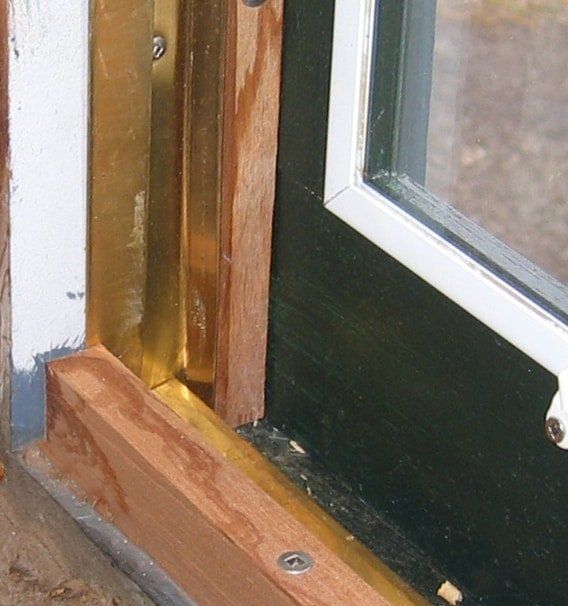Reasons for the Restoration of Windows rather than replacement.
- By Bill Starck
- •
- 23 Oct, 2018
- •
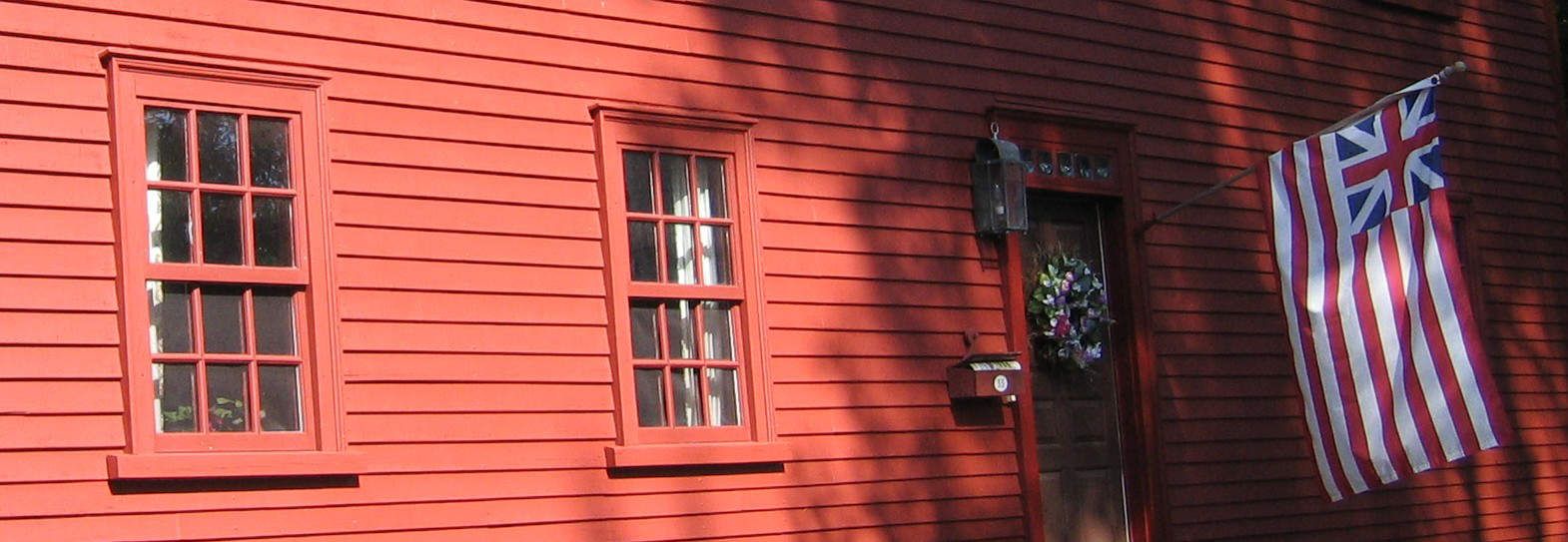
Reason 1: The sash are made for their frames. They are fitted to their openings with the original operating system designed for that opening.
Reason 2: The quality of the construction and the materials have been tested for over 150 years. If they still exist, then can survive another 150 years.
Reason 3: Retain the integrity of both architectural appropriateness and original materials. Only an historic window can look like a historic window. Anything else is a reproduction.
Reason 4: Long term cost effectiveness. Replacement windows have components with a limited manufacturing time period and longevity of about 10-25 years. Consequently, in the repair 100-200 year life of an historic window, a replacement window can be replaced, not restored, about 4 times. With the cost of today's quality replacements at about $600.00 to purchase, and about $200 to install and paint, a new window can be about $800.00 each time. So, replacing a window over 100 years can be 3-4 times the cost of restoration.
Reason 5: The compatibility of R-Value, or the heat loss index. A new, double pane insulated glass replacement window has an R-Value of 3, while a single pane historic window and a good storm window is an R-Value of 2. Insulated walls have an R-Value of about 15, so the idea of an R-Value 1 window difference in an old building is fairly insignificant. The comparisons of R-Values can be found at Colorado Energy's website. Another heat loss value system is U-Value, or the heat loss from an area of the window. If you count the air lost from the seals and joints, since it is a replacement, again the loss can be the same.
Reason 6: Storm window wear versus new window. A window's exterior can fail from weathering in about 15-20 years. A storm window can wear out in the same amount of time. It can cost about 5 times as much to replace a window than a storm window. Once the seals of a new window fails, it is useless. There is no added protection from the weather. A historic window needs a storm window, but it is still easier and cheaper to replace a storm window, rather than a new window. The storm window saves time, energy and money.
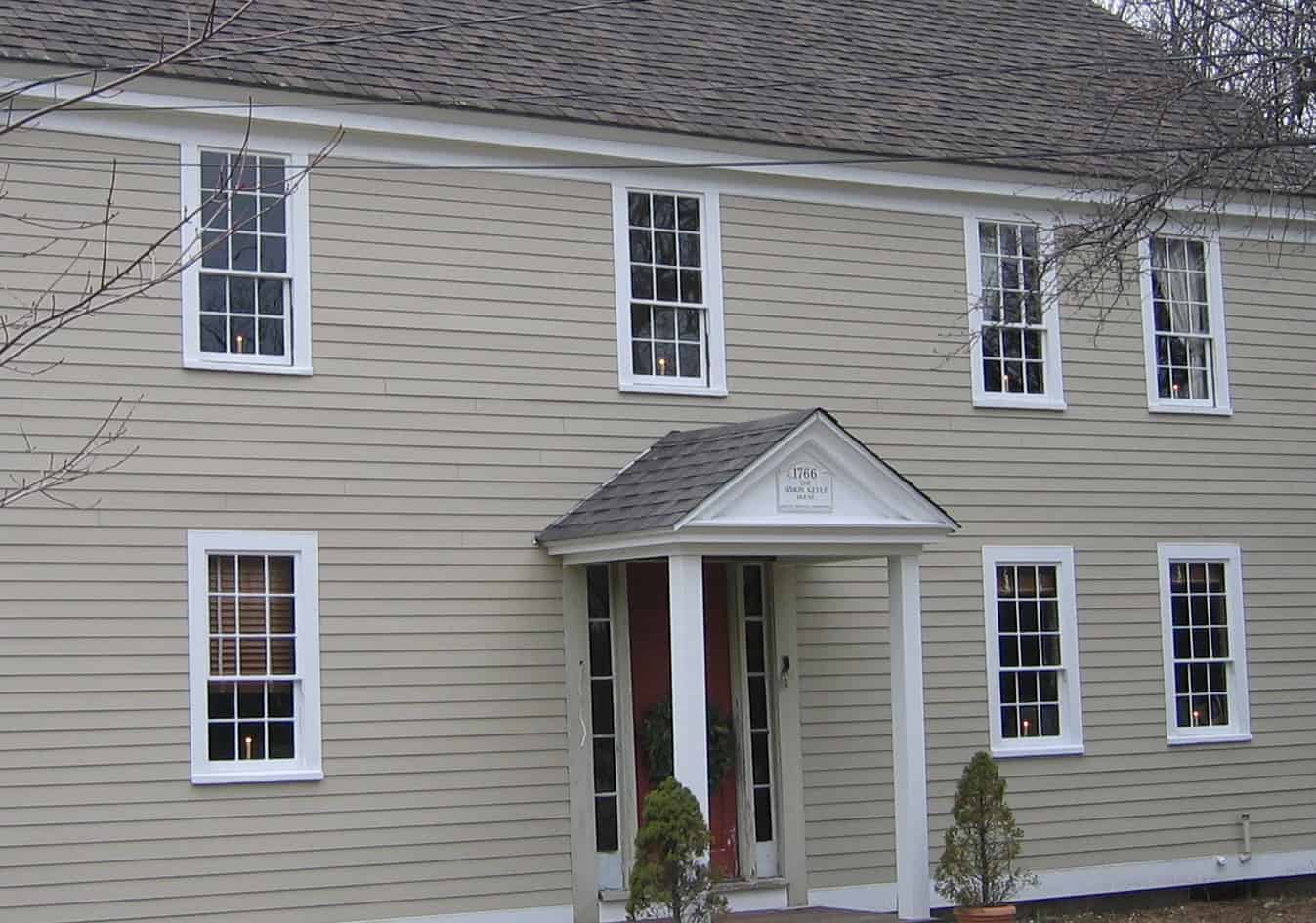
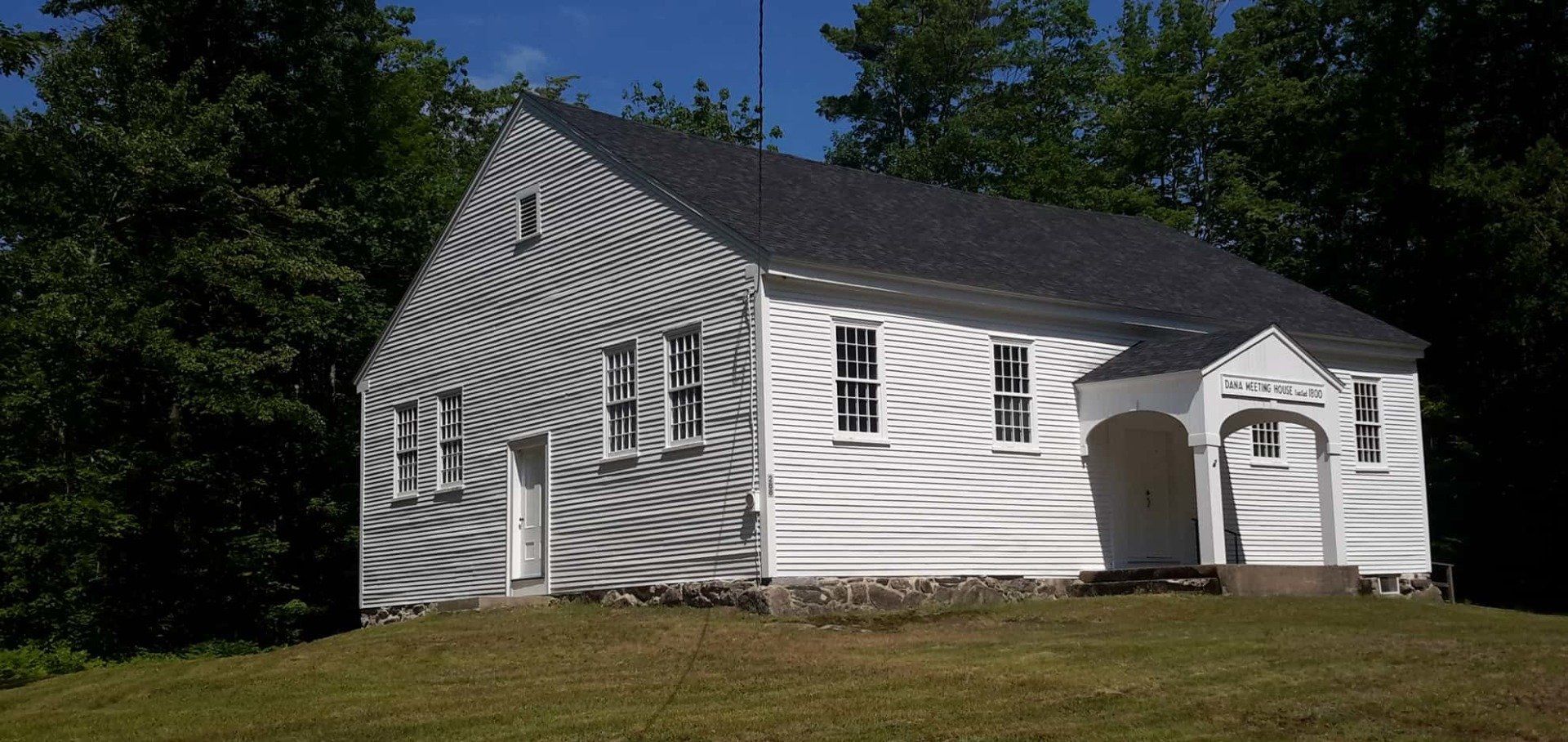
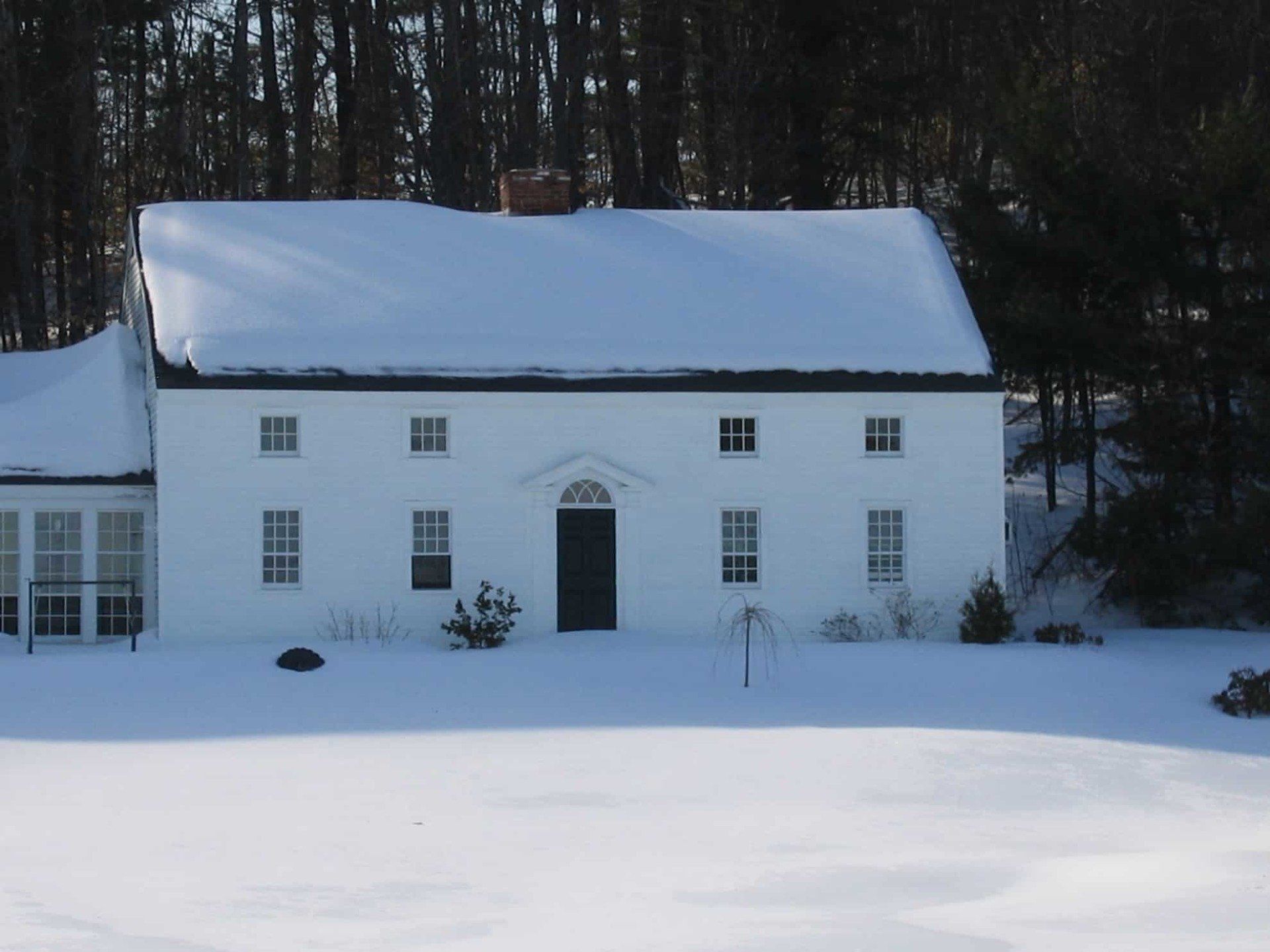
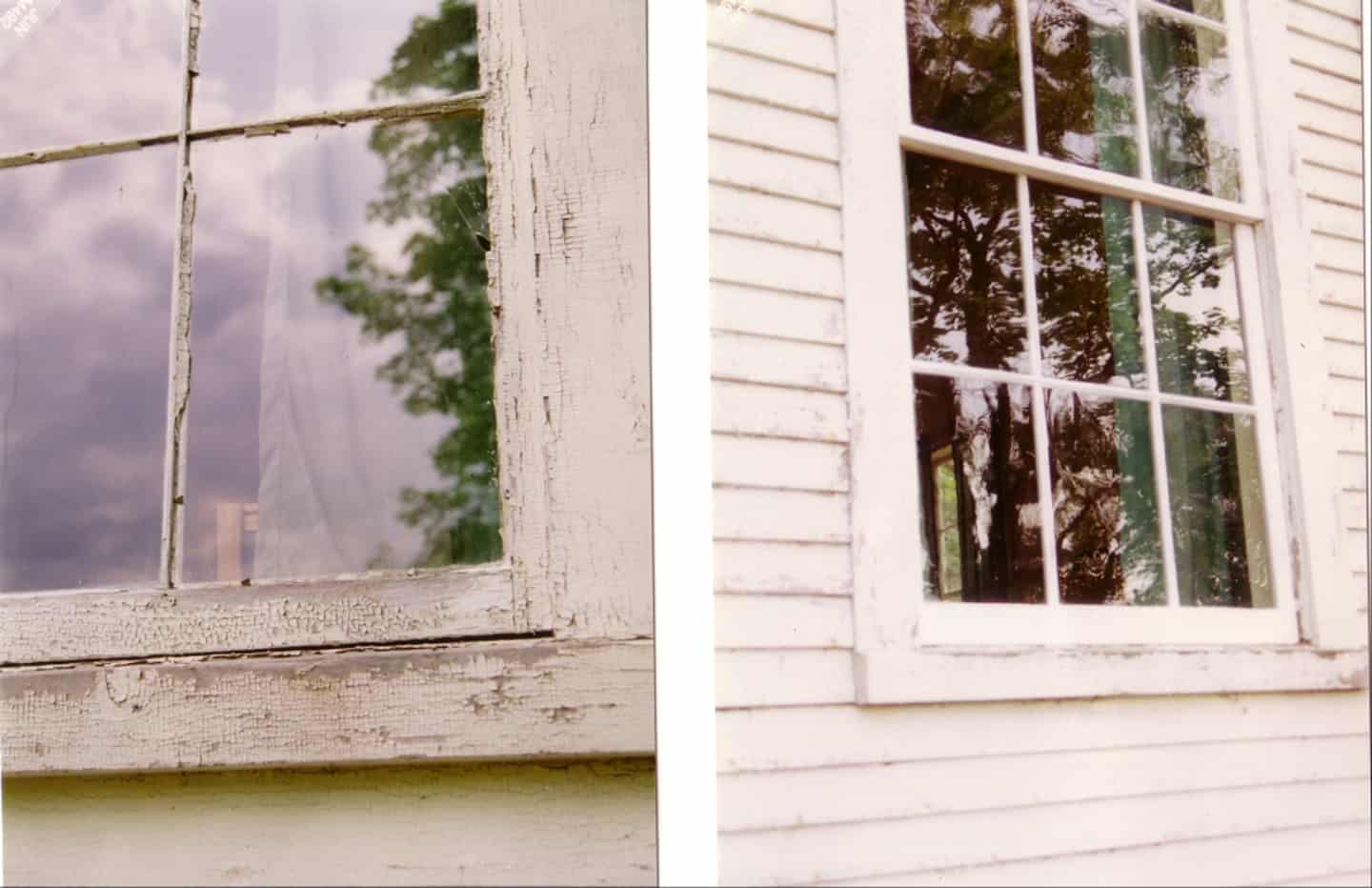

Over forty years experience working on historic windows!
QUICK LINKS
CONTACT
(603) 744-560953 Ridge Rd
New Hampton, NH 03256
New Hampton, NH 03256
© Copyright
Starck Historic Windows Inc.
New Hampton, New Hampshire
Phone: 603-744-5609
